The Jersey has proved remarkably adaptable and profitable in a range of different environments as evidenced by the fact that the breed is found in over 100 countries worldwide. Many of the commercial benefits of the Jersey breed can be observed across a range of management systems and these include fertility and ease of calving, productivity and profitability, ease of temperament, milk quality and composition, and health traits. In Africa, many of these traits have been targeted through specific cross-breeding programmes with native/indigenous cattle breeds, with recent scientific research lending weight to the suitability of the Jersey as the ‘exotic’ breed of choice for Africa. Specific to an African context, Jerseys are the most heat tolerant pure dairy breed and, crucially in more resource-poor contexts, offer a more environmentally friendly and resource-efficient option in comparison with other pure dairy breeds while retaining high milk quality and production levels. Read more about the commercial benefits of the Jersey breed below…

The smaller, more efficient Jersey Cow is the solution to the challenges of profitability and sustainability confronting smallholders, farmers, and dairy businesses worldwide. With the Jersey, we have an animal that is smaller, uses fewer natural resources, and produces a smaller carbon footprint. In this same animal, we have a dairy cow with a longer productive life that produces more nutrient-rich milk. In an African context, recent research by International Livestock Research Institute (ILRI) favours the red dairy breeds and in particular the Jersey.
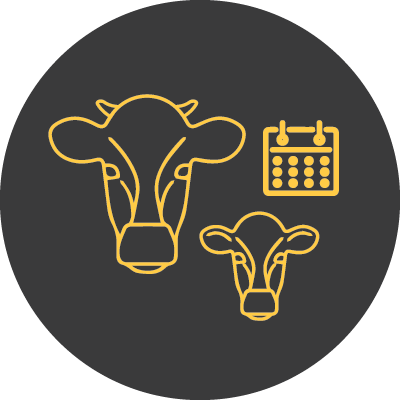
Jerseys mature quicker, reach reproductive age and come into milk production sooner than other breeds, reducing rearing costs. For example, in studies at Virginia Tech (USA) purebred Jersey heifers were observed to reach puberty at an average of 10 months, 8 weeks sooner than Holstein-Friesian heifers. Body weight at puberty averaged 193kg for the Jersey.

University of Minnesota research confirms through various management factors that the closer a cross-bred cow is to being a Jersey, the more profitable she is to own.
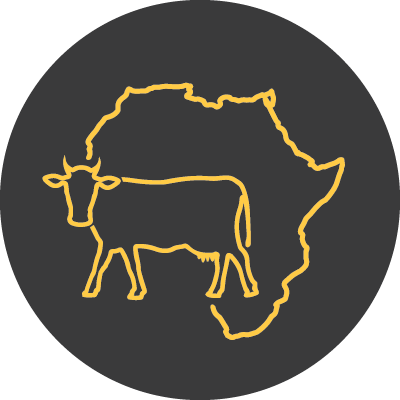
In an African context, recent research by ILRI favours the red dairy breeds and in particular the Jersey.
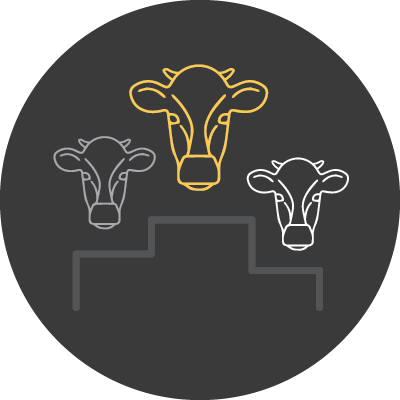
Compared to 'average' milk a glass of Jersey milk has a greater nutritional value: 15-20% more protein, 20% more calcium, 10-20% more phosphorous and considerably higher levels of essential vitamin B12. This nutrient-dense milk tastes better, even in a semi-skimmed or skimmed form, as there are more "solids-not-fat", protein, calcium and lactose in her milk compared to other breeds.

Jerseys are the most heat-tolerant of European ‘pure’ dairy cattle breeds. For example, Jersey herd owners remark that even when the temperature rises above 37 degrees Celsius the Jerseys will still be at the feed trough or grazing when other breeds are seeking shelter from the heat.

The hard, black hoof of the Jersey cow is known to reduce feet and leg problems, whether cows are kept in a zero-grazing or extensive grazing environment.
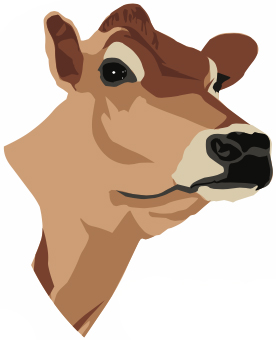
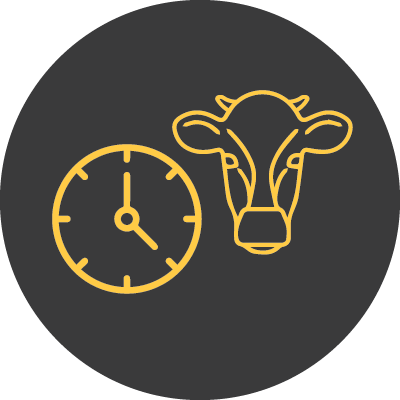
In studies at Virginia Tech (USA), Jersey heifers had longer oestrus periods than the Holstein-Friesians (12.7hrs versus 10.7hrs) making heat detection easier and accommodating for longer periods before inseminating without affecting pregnancy rates.
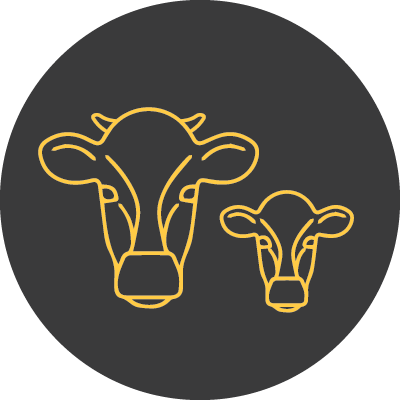
Jerseys are renowned for their ease of calving. Fewer calving problems reduces worry, labour and veterinary costs. AIPL (Animal Improvement Program Laboratory) USA research found fewer than 1% of Jersey heifers experienced calving difficulties compared to 8% for Holstein-Friesians. Jerseys also outperformed Holstein-Friesians with fewer stillbirths and substantially reduced metritis.

A longitudinal study by the University of Florida determined that Jersey cows had fewer days to first service after calving, from the first service to conception, and a shorter calving interval than Holstein-Friesians in a commercial environment.

Jerseys as a breed offer remarkable environmental sustainability benefits. A 2010 scientific peer-reviewed life-cycle assessment determined that for Jerseys and Holstein-Friesians to produce the same amount of protein, milk-fat and other solids, the Jersey cow needs: 32% less water, requires 11% less land and uses substantially less fossil fuels with a 20% reduction in total carbon footprint.

In comparison to other milk, Jersey milk is more cheese dense. In terms of the amount of Jersey milk required to produce 500 metric tonnes of cheese, the reduction of the carbon footprint is equivalent to taking 443 large cars off the road annually.
Please use the contact form provided if you would like to get in touch with the African Jersey Forum team.